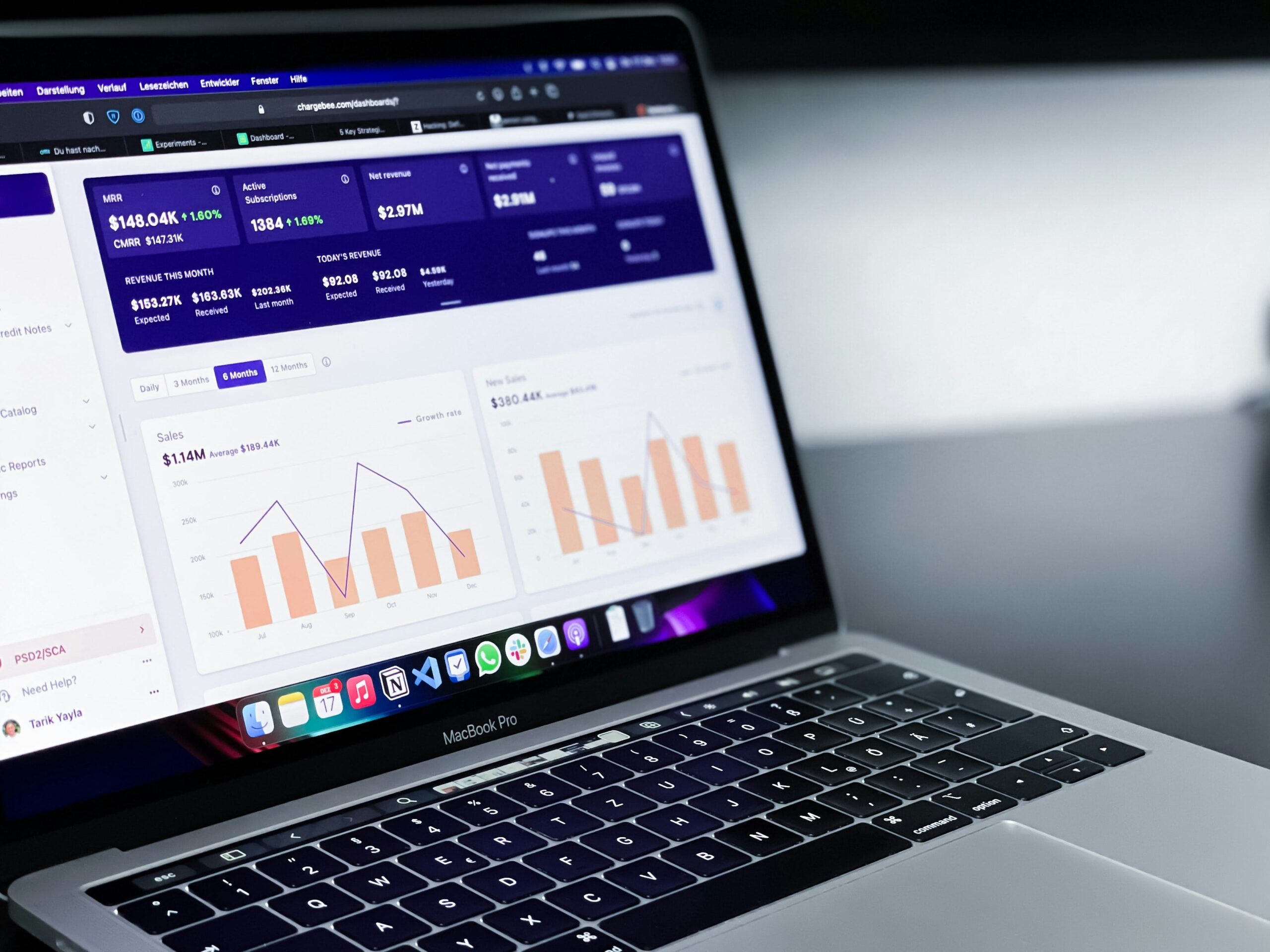In today’s digital landscape, marketers face the challenge of creating effective campaigns while ensuring compliance with industry-specific regulations. For in-house teams or agencies working with healthcare companies, the Health Insurance Portability and Accountability Act (HIPAA) presents unique considerations. In this article, we will delve into the essential factors that marketers must keep in mind when building digital marketing funnels for HIPAA-compliant companies.
However, it is important to note that the information here serves as a general guide — we always strongly recommend consulting with a legal team well-versed in HIPAA regulations before running campaigns. They can provide specific guidance tailored to your organization’s needs.
Understanding HIPAA Compliance
HIPAA includes provisions such as:
For marketers working with HIPAA-compliant organizations, familiarize yourself with the types of data covered by HIPAA and the restrictions it imposes on data use and disclosure. Understanding these regulations will form the foundation for building compliant digital campaigns.
Audience Targeting and Segmentation on Meta and Instagram
Meta and Instagram provide powerful advertising platforms that enable marketers to reach specific target audiences. However, when working with HIPAA-compliant companies, it is important to handle patient data with care: Meta pixels for advertising cannot be installed on pages with HIPAA-compliant password protected portals, and the platform has additional “special ad categories” that further limit some demographic targeting. Here are some considerations for building effective campaigns:
Segmentation:
Under HIPAA, organizations cannot leverage medically sensitive data (for example, patient symptoms) to segment digital campaigns. Effective segmentation can still be achieved using non-sensitive information such as demographics, interests, and behaviors.
Stay away from Lookalike and Custom Audience targeting:
Many popular advertising platforms are still not HIPAA-compliant, including Meta and Instagram. To avoid using personally identifiable information that could violate HIPAA regulations, stay away from Custom Audiences and Lookalike audiences.
Ad Content:
Carefully consider the information included in your ad creative. Avoid direct references to health conditions, treatments, or personal data that could potentially violate HIPAA regulations. Stick to general messaging that adheres to privacy guidelines and focuses on the benefits of your products or services.



